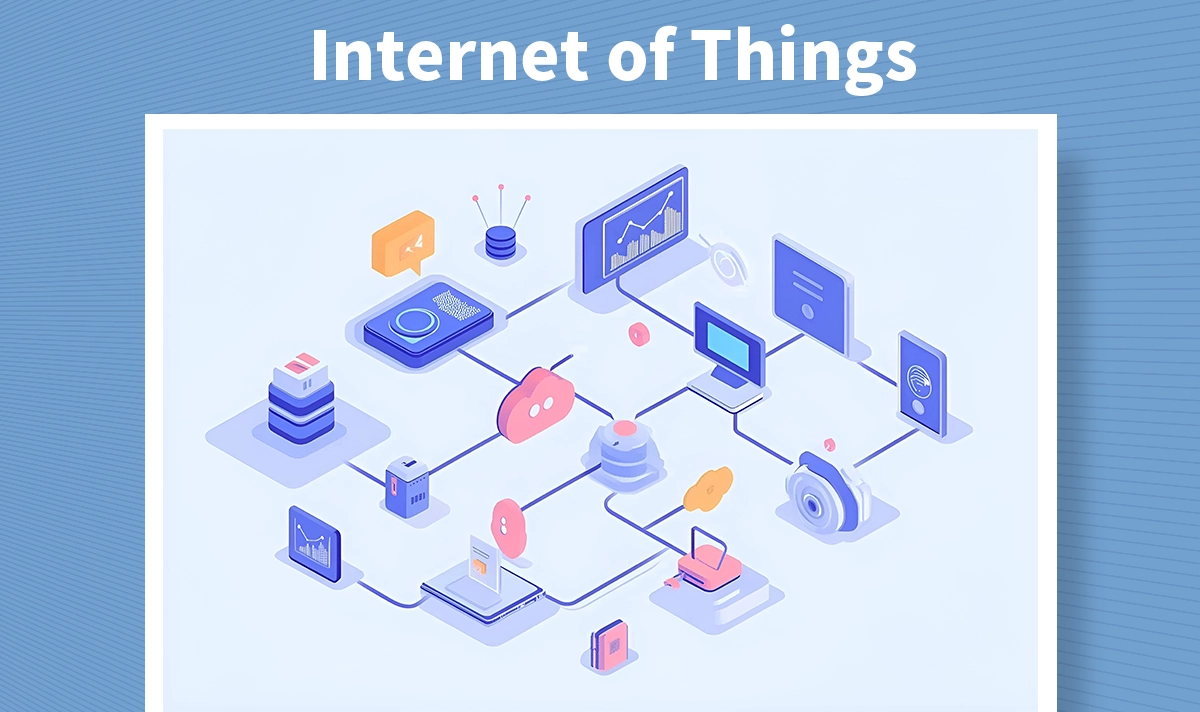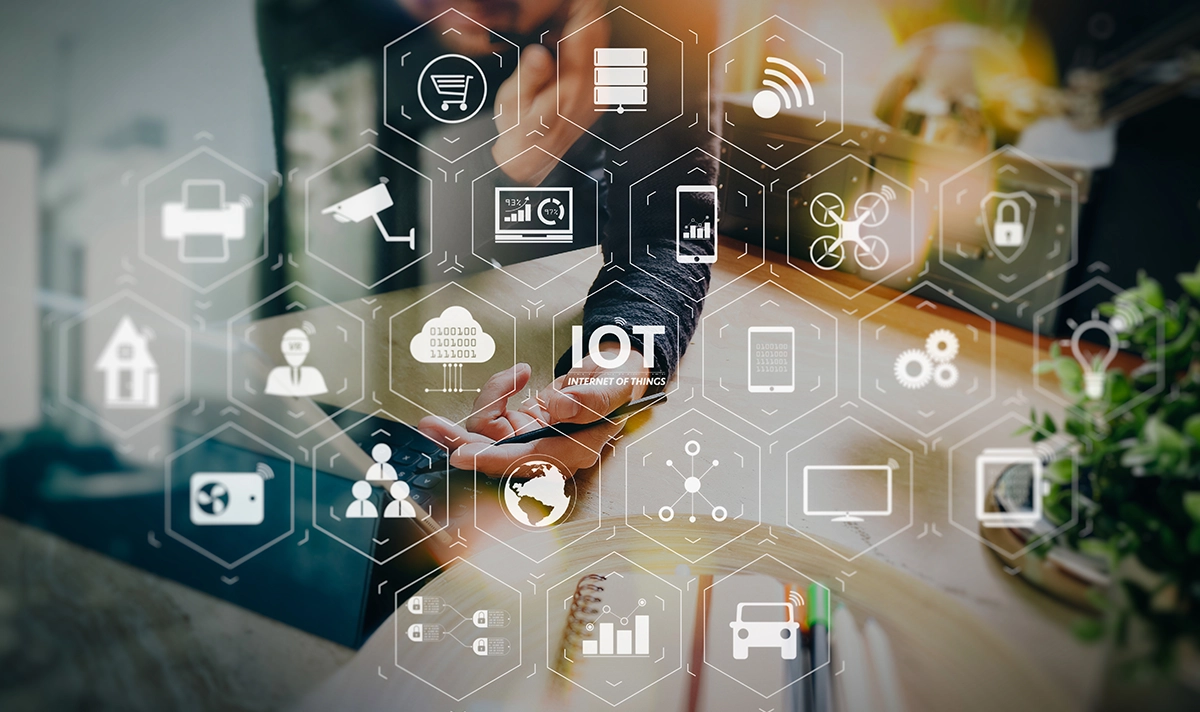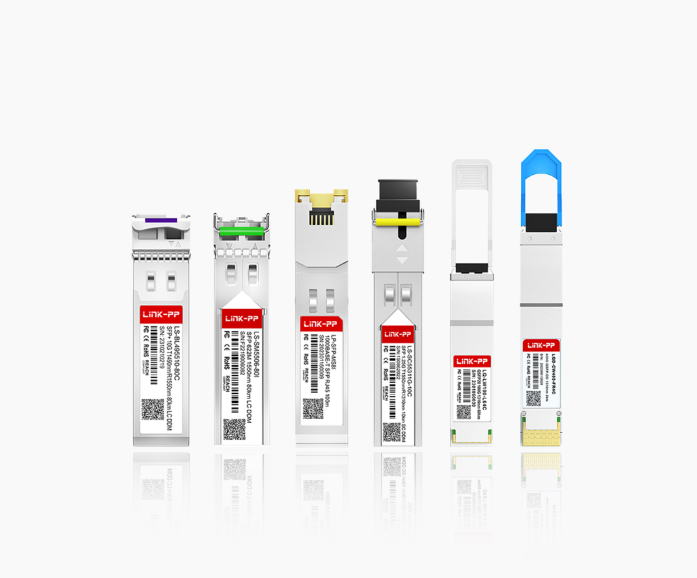The Internet of Things (IoT) promises a revolution: billions of interconnected devices generating data, automating processes, and creating smarter environments. From industrial sensors optimizing production lines to smart city infrastructure monitoring traffic flow, the potential is immense. At its core, IoT connects everyday objects to the internet, enabling them to collect, share, and act on data. But how does this abstract concept translate to real-world impact? Let’s break it down.

◆ What Is IoT?
The Internet of Things (IoT) refers to a network of physical devices connected to the internet that collect and exchange data. These devices include sensors, microcontrollers, and communication modules, enabling smart decisions and automation without constant human input.
Put simply: IoT allows everyday objects to “talk” to each other and to you.
◆ How IoT (Internet of Things) Works
IoT Components
You use IOT devices almost every day, but do you know how they work? Each IOT(internet of things) system has a few main parts. These parts help collect, use, and share data. Here is an easy list:
Component | Function |
|---|---|
Sensors | Collect environmental data by turning things like heat or light into signals. |
Microcontroller Unit (MCU) | Uses sensor data, runs commands, controls actuators, and handles talking to other parts. |
Actuators | Do actions like moving motors, opening valves, or showing info when told by the MCU. |
Connectivity/Network | Lets devices send and get data using wires or wireless signals. |
Power Supply | Gives the energy needed for the iot system to work. |
Interface Components | Buttons and connectors let people use and connect to the device. |
You find these parts in smartwatches, thermostats, and other smart gadgets. Each part is important for iot technology to work.
Data Communication in IoT
IoT devices use sensors to collect data. For example, a smart thermostat checks the room’s temperature. If it's too hot, the device can turn on the air conditioner.
Once the data is used, IoT devices often need to share it. Sometimes, devices talk directly to each other. For example, a motion sensor can turn on a smart light when you walk in. Devices can also send data to the cloud so you can view it or control devices remotely.
IoT devices use different ways to send data:
Bluetooth: Good for sending data between close devices.
Wi-Fi: Used for fast data in homes and offices.
Zigbee: Helps devices make a network, great for smart homes.
MQTT: A simple way to send data between devices and servers.
CoAP: Made for simple devices that need to save power.
Ethernet: Gives fast and steady wired connections, often in factories.
Tip: When devices talk directly, the system is faster and uses less cloud data.
IoT systems also use gateways. Gateways collect data from many devices, filter it, and send only what’s needed to the cloud. This keeps data safer and more efficient.
◆ Real-World Examples of IoT

1. Smart Homes
Smart home systems like thermostats, lights, and door locks use IoT to make life more convenient. For example:
A smart thermostat can learn your habits and adjust the temperature automatically.
A motion sensor can turn on lights when you walk into a room.
These devices typically connect via Wi-Fi or Zigbee. High-speed, stable data transfer is essential — which is why smart home hubs and routers often rely on components like LINK-PP’s RJ45 connectors with integrated magnetics, ensuring smooth Ethernet communication and signal integrity.
2. Smart Cities
Cities use IoT to improve traffic, energy, and public safety. Real examples include:
Smart traffic lights that adjust based on real-time vehicle flow.
Air quality sensors that inform pollution alerts.
In these systems, Long-range LPWAN radios, solar-powered sensors, and fibre optic backbones (using Fibre Optic Transceivers) for farm-to-cloud data pipelines. enable fast and long-distance data transmission between city infrastructure and control centers.
3. Industrial IoT (IIoT)
In factories, IoT devices monitor machines, predict failures, and improve production. For instance:
Vibration sensors on motors can detect wear and schedule maintenance before a breakdown.
Conveyor belts can stop automatically if a defect is detected.
Hardware Enabler: Ruggedized sensors, edge gateways, and reliable Ethernet connections that withstand EMI-heavy industrial environments.
4. Healthcare
IoT in healthcare includes wearables and remote patient monitoring. For example:
Smartwatches that track heart rate and send data to doctors.
Hospital equipment that alerts staff automatically when issues arise.
Here, low-latency and secure data transfer is vital. Medical-grade wireless tags, HIPAA-compliant networks, and noise-filtering LAN components (like LAN Transformers) ensuring signal integrity for life-critical data.
◆ Benefits and Challenges of IoT
Key Benefits
IoT devices bring many advantages to homes and businesses. They help automate tasks, improve services, and give real-time insights. Some of the key benefits include:
Cost savings through predictive maintenance—some companies cut maintenance time by 50% and reduce costs by 10%.
Higher productivity—many organizations report better work efficiency after adopting IoT.
New services and products—IoT opens doors to innovation and customized offerings.
Flexible work—IoT keeps people connected, allowing work from anywhere.
Energy efficiency—Smart lighting, for example, can reduce energy use by up to 35%.
Main Challenges
Despite the benefits, IoT also brings challenges—especially with security and device management. Common issues include:
Weak passwords or outdated software
Unencrypted data transmission
Insecure network services
Difficulty managing many different devices
Tip: You can make IOT safer by using strong passwords, updating devices often, and splitting your network. Teach your team about iot privacy and safe device use.
◆ Final Thoughts
IoT is transforming the way we live, work, and interact with the world. From homes to hospitals and from streets to factories, connected devices rely on strong, reliable communication infrastructure.
LINK-PP supports the foundation of IoT with high-quality RJ45 connectors, fiber optic transceivers, LAN transformers — helping ensure that smart devices can talk to each other efficiently and securely.




